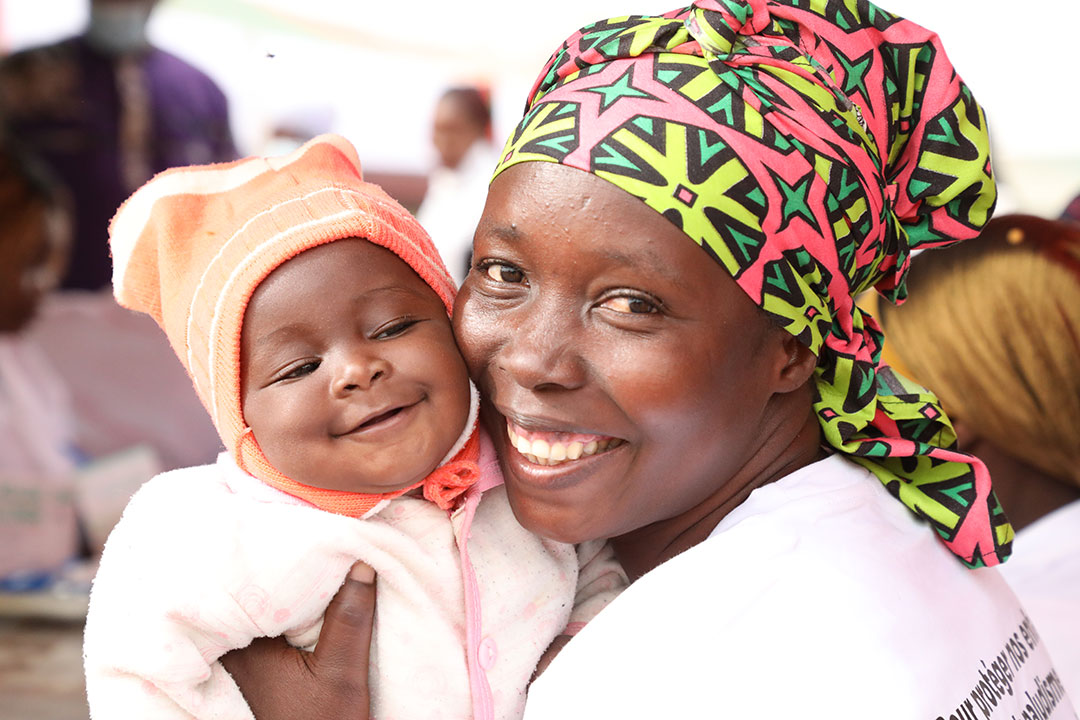Women’s health is massively underfunded and is one of the biggest missed opportunities in health
Women have traditionally been neglected in medical research, and conditions that affect women are chronically understudied. The good news is that even a small increase in funding goes a long way.
- 22 May 2023
- 3 min read
- by Priya Joi

Women's health research is hugely underfunded when compared to spending on conditions that affect men, according to a new analysis of data from the US National Institutes of Health (NIH).
While this won't come as a surprise to women's health researchers, who have been advocating for more funding for years, the data published in Nature demonstrates the extraordinary extent to which women's health conditions are neglected.
“Cardiovascular disease, for example, is the number one killer of women in the USA, but only about a third of participants in clinical trials for new treatments for cardiovascular disease are female.”
– Chloe Bird, professor of policy analysis at Pardee RAND Graduate School
It also shows how much opportunity there is to make an impact on women's health. Even a small increase in funding would reap a huge return on investment. When diseases are ranked by burden, disorders that disproportionately affect women – migraine, headaches, endometriosis and anxiety disorders, for example – are at or near the top.
When this is reordered according to funding, these conditions are mostly pushed to the back of the queue, behind issues such as HIV/AIDS and substance misuse, which disproportionately affect men.
The research also looks at the ratio of burden to funding. For chronic fatigue syndrome or myalgic encephalomyelitis (ME/CFS), which affects mostly women, the ratio is 0.04. For HIV/AIDS, by comparison, that affects more men than women, the ratio is 15.6.
Have you read?
Historically, women have been neglected in much of medical research and have been underrepresented in clinical trials. Chloe Bird, professor of policy analysis at Pardee RAND Graduate School, explains that "Cardiovascular disease, for example, is the number one killer of women in the USA, but only about a third of participants in clinical trials for new treatments for cardiovascular disease are female."
Women of colour are even less visible in clinicals trials. For instance, in a 2015 publication on global cardiovascular drug trials, only 3.2% of women were black.
However, even the smallest bump up in funding can mean significant upticks in return on investment, says Bird. A collaborative study in 2021 between RAND and Women's Health Access Matters, overseen by Bird, ran a series of simulations looking at the return on investment if the NIH budget for studies assessing the health of women was doubled.
Doubling the NIH budget for research on coronary artery disease in women from its current $20 million, could mean a staggering return on investment of 9,500%. Research on rheumatoid arthritis in women receives just US$ 6 million a year – doubling that would deliver return on investment of 174,000%.
The results are striking. Doubling the NIH budget for research on coronary artery disease in women from its current $20 million, could mean a staggering return on investment of 9,500%. Research on rheumatoid arthritis in women receives just US$ 6 million a year – doubling that would deliver return on investment of 174,000%.
While these numbers are US-focused, the pattern of poor investment in women's health and the opportunity to see massive benefits through increased funding are global.
Ultimately researchers tend to go where the money is, and funders need to increase what is available for currently neglected health conditions. As neuroscientist Liisa Galea, at the Centre for Addiction and Mental Health in Toronto, Canada, told Nature, "If you put a pot of gold at the end of a funding rainbow, researchers are going to go for it."









